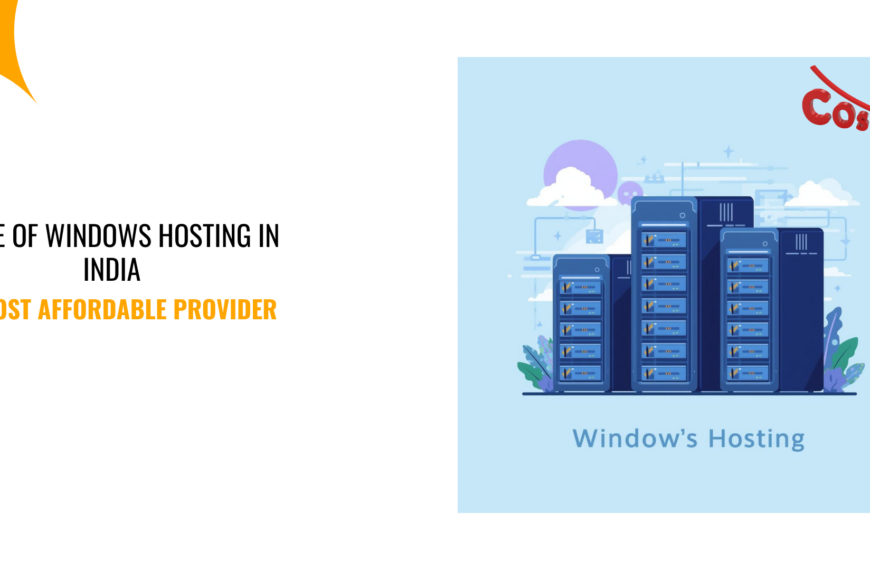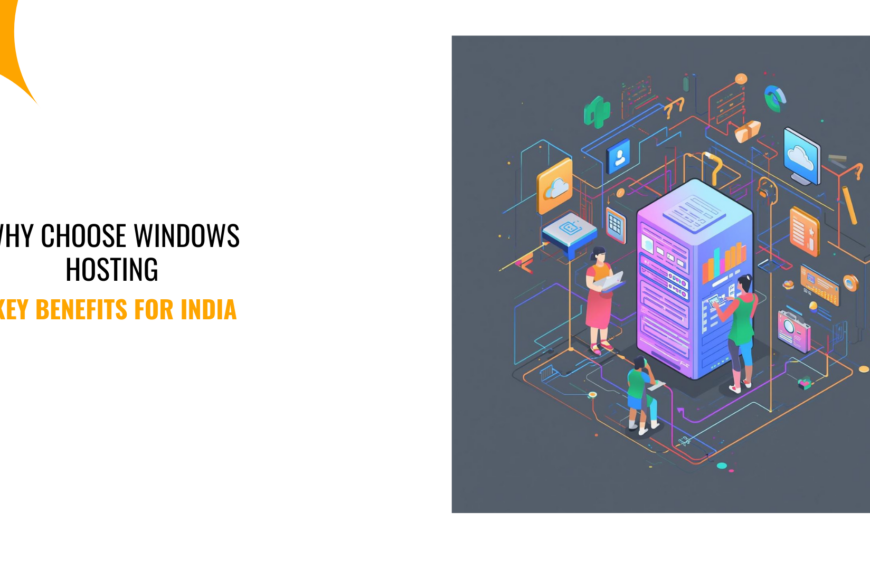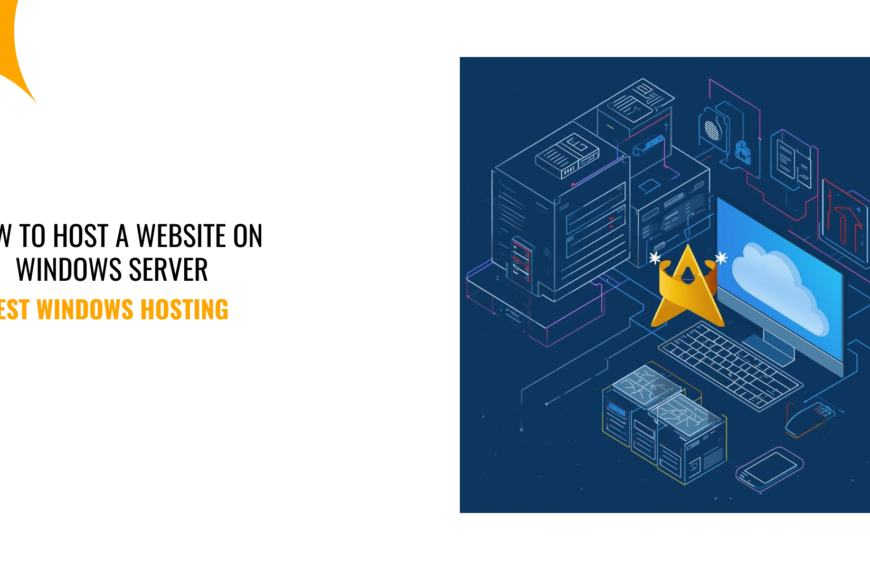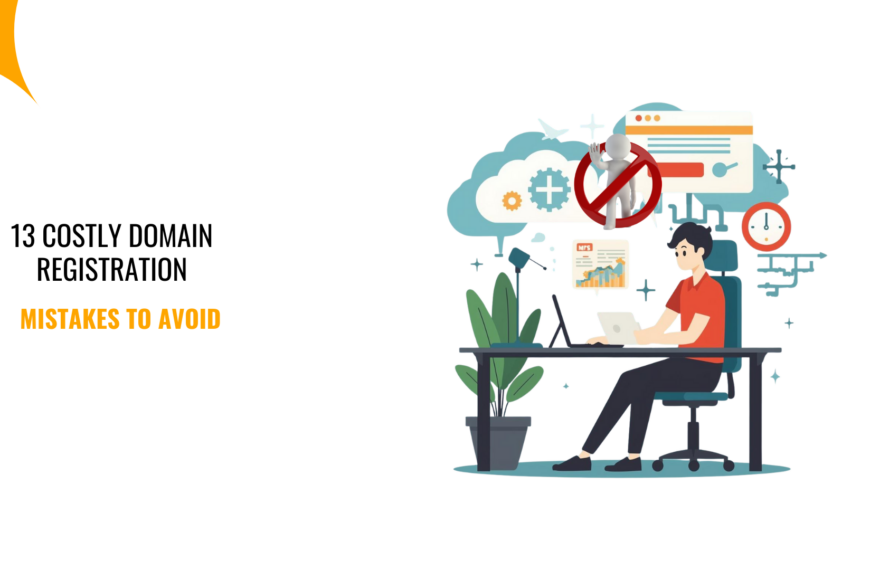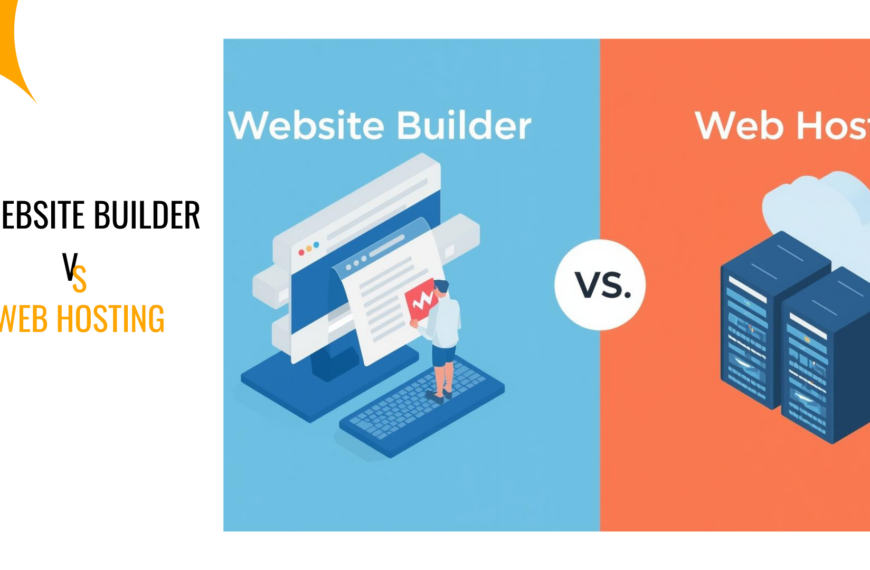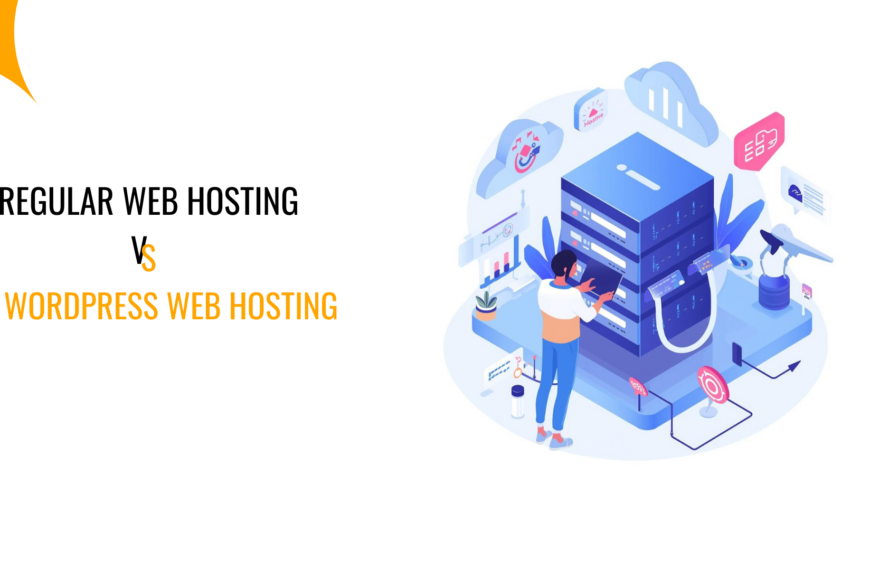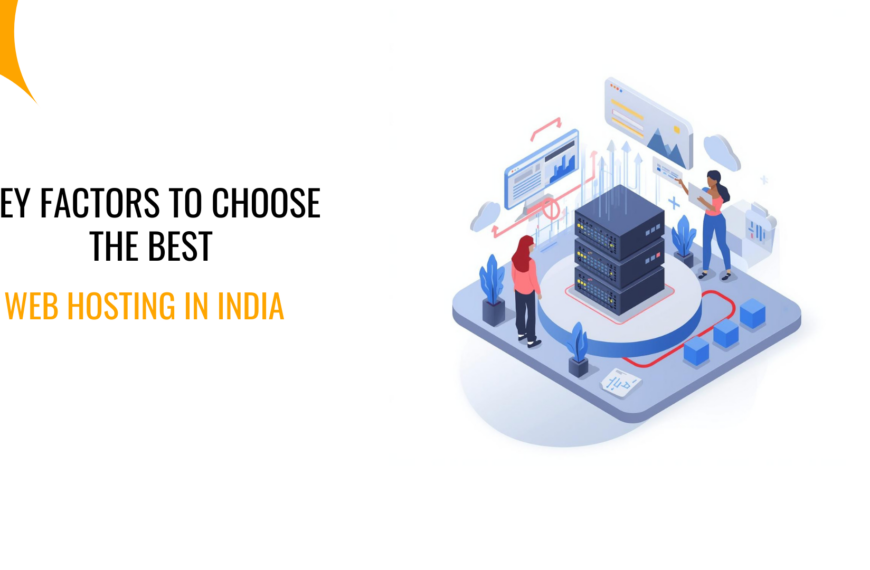When you log into cPanel the right way, you are already setting your website up for success. It is your first step to keeping everything secure and stress-free.
In this blog I will take you through how to use the cPanel login feature properly through secure methods, some common issues and obviously how to fix them.
Even if you are new to hosting, this walkthrough will help you feel confident, protected and most of all ready to manage your site.
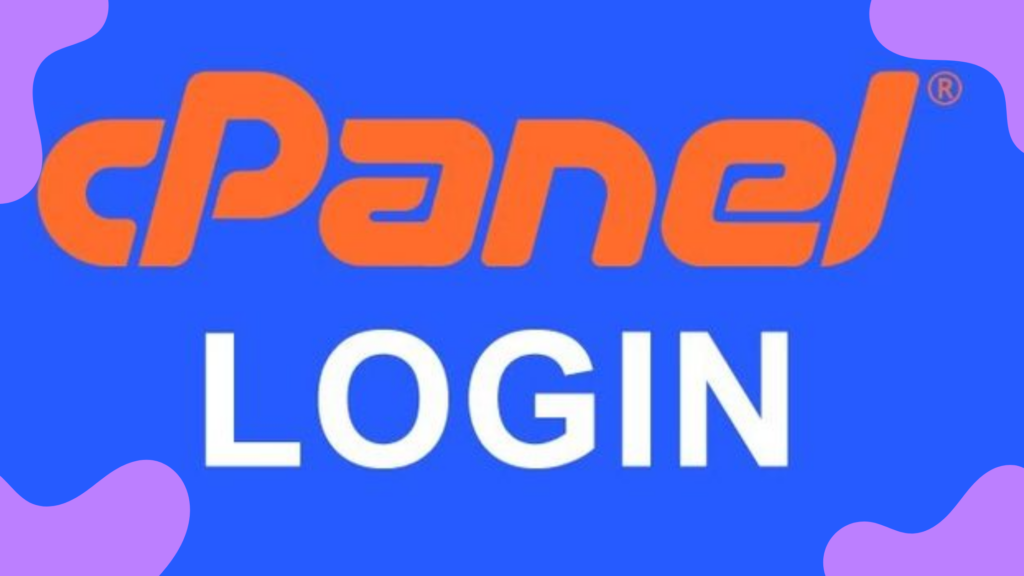
1)Locate Your Secure cPanel Login URL and Port
Before you go ahead and log in to your cPanel, you will need the correct and secure cPanel login address.
In most cases, it usually looks like this:
- https://yourdomain.com:2083
- Or https://serverIP:2083
Sometimes if you type yourdomain.com/cpanel in your browser, it will redirect you there too. But remember to always use HTTPS.
That ‘s’ in HTTPS means that the site is secure and that your information is being encrypted. Always avoid the http:/ or ports like 2082, these are not secure and can leave your login exposed.
A port like 2083 works over SSL, which basically means that your credentials will be scrambled before they travel through the server. So even if someone is trying to snoop on the network, they cannot see a thing.
If your host sent you a welcome email, check that first. It usually has your exact cPanel link. Or just log into your dashboard and click the “Go to cPanel” button. That logs you in securely, no typing needed.
Quick tip: Only click login links from your host’s official emails. If some random email says “Click here to access cPanel,” don’t. That is how phishing traps get you.
Once you have gotten your URL, let us move to getting you logged in right away.
2)Enable Two‑Factor Authentication (2FA)
After logging in, your next step is securing it some more by locking things down tighter. Start by heading to Security Center → Two-Factor Authentication in your cPanel dashboard. Once you are there, flip the switch to turn it on. You can use an app like Google Authenticator to scan a QR code and get started with one-time codes.
2FA adds an extra layer to your cPanel login. 2FA means that logging in needs two things: your password and a random one-time code from your phone. So even if someone gets your password, they are stuck without that second step.
Some versions of cPanel even let you whitelist trusted IPs or set security questions as a backup. That gives you more control. Especially if you log in often from the same device or location.
At Truehost we support 2FA across our cPanel & WHM accounts. We guide you through linking the authenticator app or setting up recovery codes during setup. If you lose access to your phone, don’t worry. A secure recovery process will help you reset without exposing your data.
It is normally smart to enable 2FA on every account tied to your hosting. Could be your main cPanel login account, email logins, reseller accounts, all of it.
3)Enforce Strong Passwords and Manage Access Carefully
Weak passwords are still one of the top reasons accounts get hacked. If your cPanel login password is something like “admin123” or your pet’s name, it is time for an upgrade.
Go for a longer one say 12 characters or more with a mix of uppercase, lowercase, numbers, and symbols. It sounds exhausting, but it works. And, avoid reusing the same password across platforms.
Also, change that password regularly, especially after someone leaves your team or you notice something sketchy in your login history. Most hosts, including Truehost, let you reset passwords directly from your dashboard.
Inside cPanel, you will find security settings to limit login attempts. Turning those on helps block brute-force attacks before they even get close. Tools like cPHulk in WHM add extra layers by blacklisting repeat offenders.
If you are sharing access with a team or using scripts, use API tokens instead of your actual login credentials. Tokens can be set with limited permissions and revoked anytime. So you are not stuck changing the main password if something goes wrong.
And here is another pro tip: turn off services you do not use, like FTP or SSH, especially if no one is accessing them. The fewer open doors you have to your server, the safer your cPanel login becomes.
4)Use API Tokens and Disable Root Passwords Where Possible
Think of API tokens like digital keys that only open the doors you choose. API tokens are a smarter way to handle access for scripts, backups, and external tools.
Instead of sharing your cPanel login password, go to the API Tokens section in cPanel, hit “Generate Token,” give it a clear name, set tight permissions, and store it somewhere safe. They are easy to manage, and if something feels off, you can revoke a token instantly.
For WHM or server-level access, relying on the root password is risky. It is better to create separate admin users with only the permissions they need. Or better yet, use tokens or SSH key-based login for higher security. Disabling root password login altogether makes it harder for hackers to even guess their way in.
Using API tokens also helps when connecting things like payment gateways or automated tasks. You avoid passing around your real password, and cleanup is easier if something ever goes wrong. No need to scramble to reset credentials everywhere.
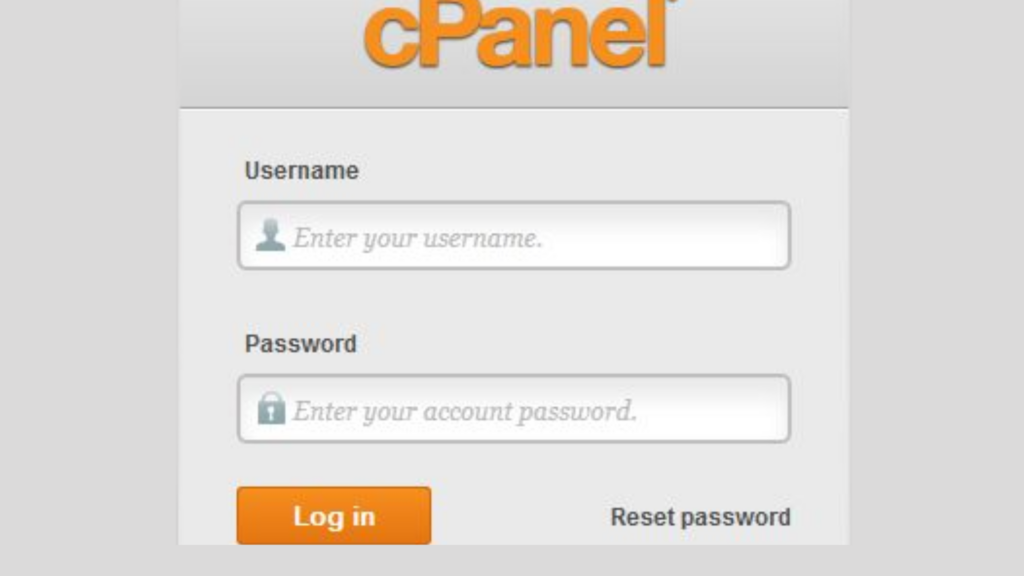
5) Keep cPanel, WHM and System Software Up‑to‑Date
Updates might feel like a chore, but they are your first line of defense. Every new version of cPanel or WHM includes security patches that fix known issues.
The same goes for Apache, PHP, MySQL, and firewall rules. Ignoring updates gives attackers a chance to exploit known weaknesses.
Managed hosting plans usually handle updates for you, so there is not much to worry about. On the other hand, users with self-managed VPS or dedicated servers can take charge through the Update Preferences section in WHM.
Set it to apply OS and cPanel updates automatically, or get alerts when new ones are available.
You can also use MultiPHP Manager or EasyApache to switch from old, unsupported PHP versions to safer ones like PHP 8+. Staying on a supported version improves both performance and protection.
6)Monitor Active Sessions, Logs, and IP Access
Your cPanel login activity can tell you a lot. Use the security tools in cPanel to check who is logged in, from where, and when. Look out for odd login times or unfamiliar IP addresses. If anything seems off, end the session right away.
Set up email alerts for failed login attempts. If you notice a pattern, block the IP or change your password. WHM gives you access to tools like cPHulk to protect against brute-force attacks. You can also connect a firewall for extra control.
Don’t forget session timeouts. Set limits so your cPanel login expires after inactivity especially on shared or public devices. In WHM, you will find options to control secure session cookies and how long sessions stay active.
When something in your cPanel login logs looks off, Truehost support is ready to step in. We can help you review alerts, whitelist trusted IPs, or set up GeoIP rules. Which is helpful if you are managing access from different regions.
7) Troubleshoot cPanel Login Issues Swiftly
Sometimes logging into cPanel just does not go as planned. Here is what you can try:
- Incorrect port or URL: Use https://yourdomain:2083 or just add /cpanel at the end.
- Browser cache issues: Clear them or try Incognito mode.
- Expired session token: Log out fully, close tab, and retry.
- IP blocked due to failed attempts: You might be temporarily blocked. Try a different network or reach out so we can whitelist your IP.
- 2FA code mismatch: Make sure your device time is synced. If it is still off, remove and re-set it.
- Password resets: You can reset it right from your dashboard, no need to rely on email resets.
8)Internal Links to Related cPanel Resources
Securing your cPanel login is just the beginning. There is more to managing your hosting smoothly. If you are looking to go deeper, these guides might help:
- Curious about What Is cPanel Hosting and Why Is It Popular in India? for a breakdown of its features and how it fits into everyday website management.
- Wondering about comparison? Check cPanel Vs CyberPanel: Which One Is Better in India? for feature and performance insight.
- Facing issues later? Top cPanel Hosting Problems and How to Fix Them Fast offers quick solutions when things break.
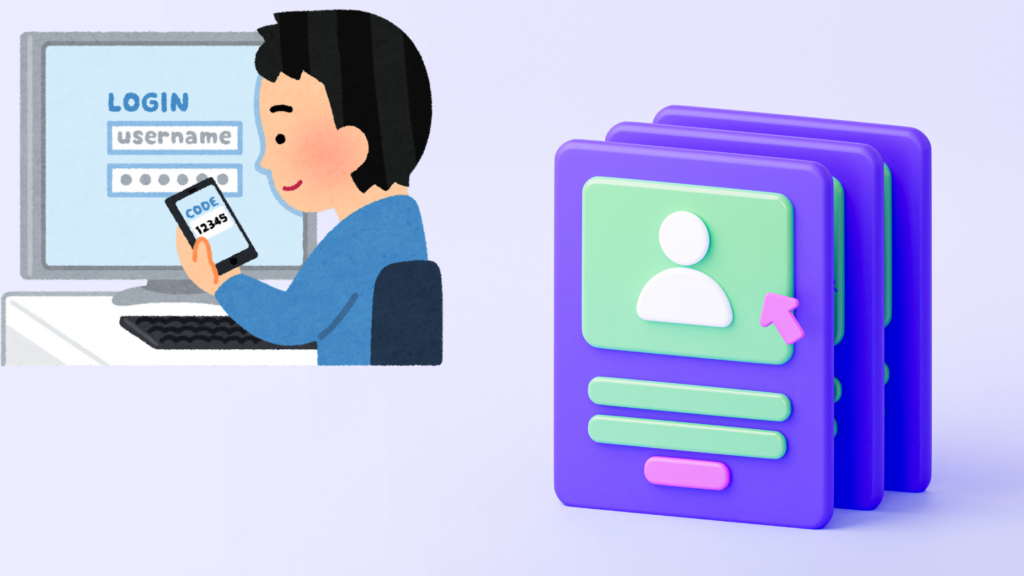
Conclusion
Keeping your cPanel login secure does not have to be complicated. With a few smart habits like using strong passwords, setting up two-factor authentication, and checking your logs, you will be in a much better place to avoid any trouble.
And if anything feels off or you just need a hand, Truehost’s support team is always around to help. Whether it is troubleshooting a login issue or tightening up your settings, we have got your back.
 cPanel HostingManage your website with cPanel, the most user-friendly hosting control.
cPanel HostingManage your website with cPanel, the most user-friendly hosting control.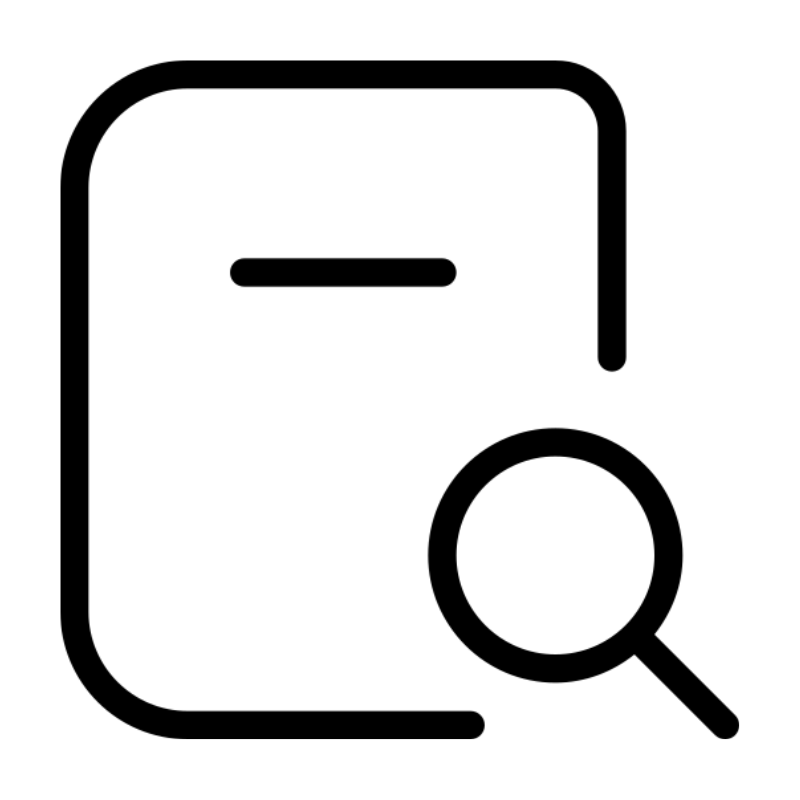 Domains SearchFrom .com to unique country domains, explore and register extensions worldwide.
Domains SearchFrom .com to unique country domains, explore and register extensions worldwide. Email HostingSimple, secure email hosting that helps you stay connected and professional.
Email HostingSimple, secure email hosting that helps you stay connected and professional. Reseller HostingStart your own hosting business with easy and reliable reseller hosting plans.
Reseller HostingStart your own hosting business with easy and reliable reseller hosting plans.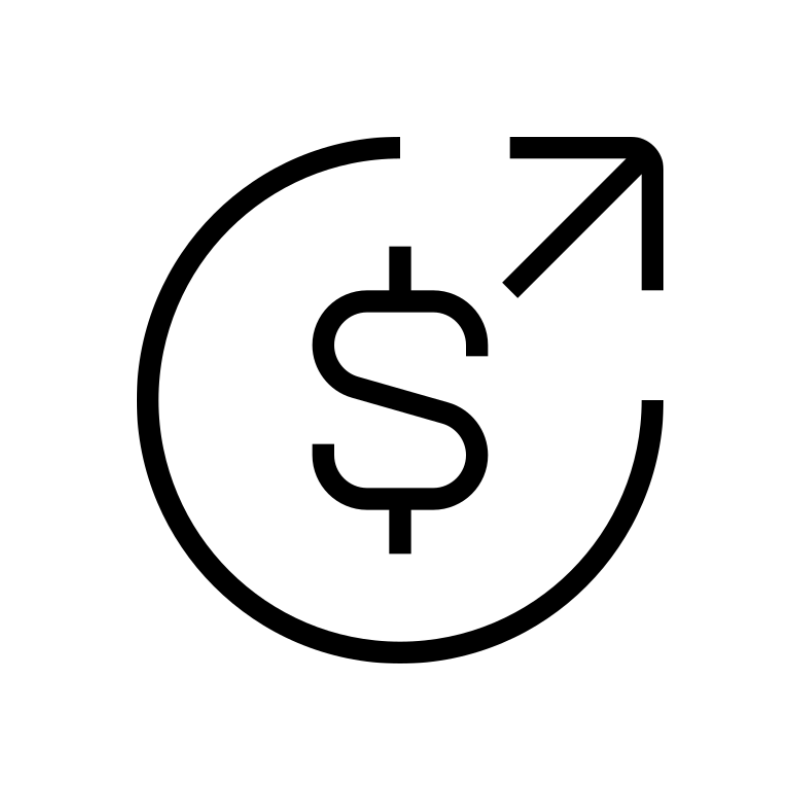 AffiliateJoin our affiliate program and earn commissions every time you bring in new customers.
AffiliateJoin our affiliate program and earn commissions every time you bring in new customers.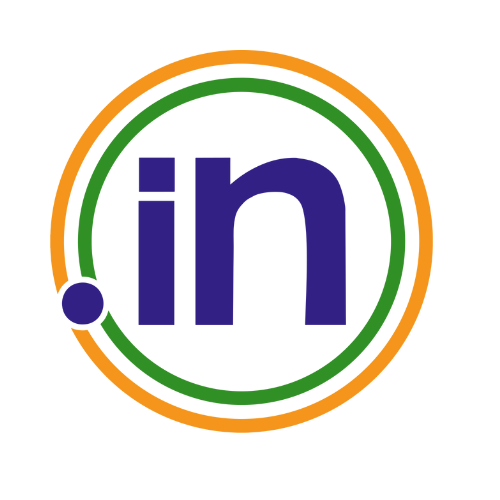 IN Domain PricesDon’t miss out on the best domain deals in India!
IN Domain PricesDon’t miss out on the best domain deals in India! WHOIS LookupFind out who owns a domain name with a quick and easy WHOIS search.
WHOIS LookupFind out who owns a domain name with a quick and easy WHOIS search. Domain TransferTransfer your domain to us and enjoy reliable support every step of the way.
Domain TransferTransfer your domain to us and enjoy reliable support every step of the way.
